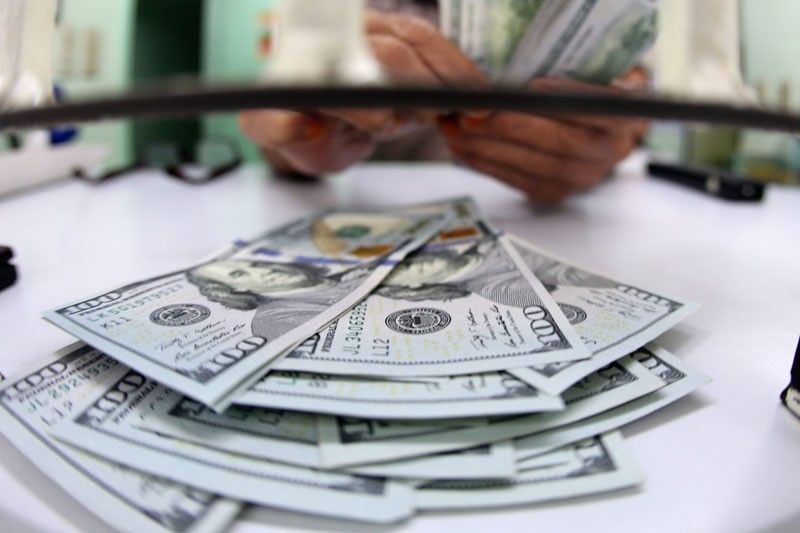FDI inflows seen to hit record $12 billion this year

CLARK FREEPORT ZONE – The inflow of foreign direct investment (FDI) may reach $12 billion this year on the back of the country’s strong macroeconomic fundamentals, according to the National Economic and Development Authority (NEDA).
Socioeconomic Planning Secretary Ernesto Pernia told participants of the Philippine Economic Briefing organized by the Investor Relations Office that the projected FDI inflows are stronger than the record high $10.05 billion registered in 2017.
“We could easily reach $12 billion this year,” Pernia said as FDI inflows amounted close to $1 billion in January.
According to central bank data, FDI inflows jumped 57 percent to $919 million in January from $587 million in the same month in 2017.
Equity placements zoomed by a dramatic 647 percent to $531 million in January from a year-ago level of $71 million, while equity outflows surged by 340 percent to $58 million from $13 million.
Capital placements were sourced largely from Singapore, China, Taiwan, Japan, and the US and were invested mainly in manufacturing; financial and insurance; real estate; electricity, gas, steam and air-conditioning supply and wholesale and retail trade activities.
According to central bank data, non-residents’ investments in debt instruments or lending by parent firms abroad to their local affiliates declined by 16.7 percent to $381 million from $458 million, while reinvestment of earnings went down by 8.4 percent to $65 million from $71 million.
The Philippines has recorded record levels of FDI inflows for two consecutive years at $10.05 billion last year and $8.28 billion in 2016.
The Philippines may post a gross domestic product (GDP) growth of between seven and eight percent this year from the average growth of 6.8 percent over the past two years.
Pernia said the Philippine economy may grow by 6.8 percent this year, overtaking China’s 6.4 percent and placing next to India’s 7.8 percent.
“In 2018, Philippine GDP growth could be the second fastest, next only to India,” he said.
China was the fastest growing economy in Asia last year with growth of 6.9 percent followed by Vietnam with 6.8 percent and the Philippines with 6.7 percent.
Pernia said the massive infrastructure program of the Duterte administration would continue to provide more opportunities such as investments, job creation, connectivity and dependable delivery of public services.
The government has committed P8.4 trillion to ramp up infrastructure spending until the end of President Duterte’s term in 2022.
To help achieve stronger economic growth and lure more investors, Pernia said the government needs to further liberalize its rules on foreign investments and accelerate infrastructure development.
He said there is also a need to expand the country’s export markets instead of the traditional markets and lift the quantitative restrictions on rice imports.
On the local front, Pernia said there is a need to ease and eliminate red tape to hasten the processing of business permits and licenses, implement the national ID system, as well as the timely execution of the national budget.
Furthermore, Pernia also cited the need to complete the passage of the comprehensive tax reform program (CTRP) that started with Republic Act 10963 or the Tax Reform for Acceleration and Inclusion (TRAIN) Law.
“If we could do all these, we would sustain and accelerate our economic performance in the coming years,” Pernia said.
- Latest
- Trending

























